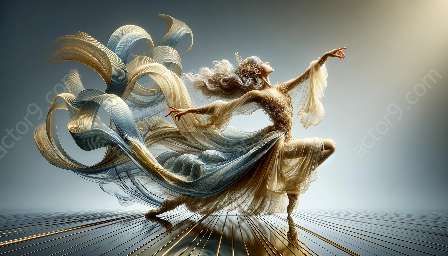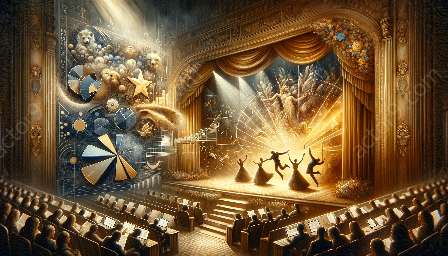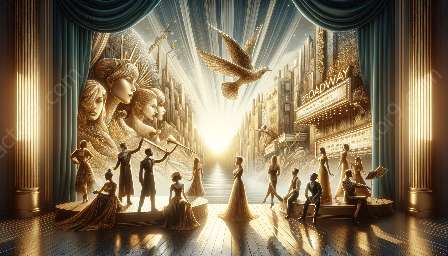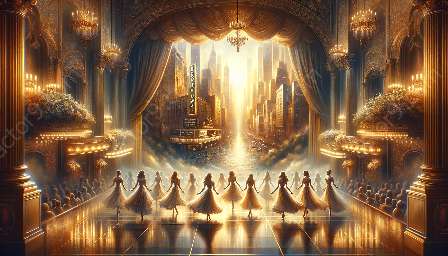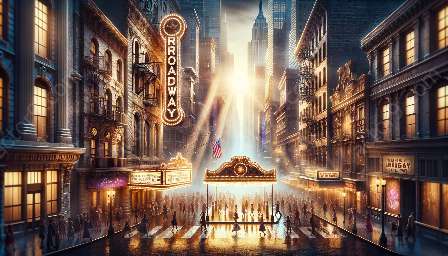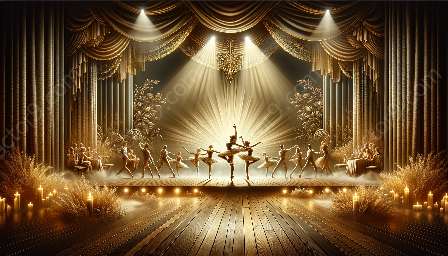When it comes to stage performances, choreography plays a vital role in captivating audiences. In the context of Broadway and musical theater, choreography differs significantly from other dance styles in several aspects, including storytelling, technicality, and performance style.
Storytelling Through Movement
Broadway choreography is inherently linked to storytelling. Unlike many other dance forms that focus primarily on technical skill and physical movement, Broadway choreography is designed to convey narrative and emotion through movement. Each choreographed sequence is carefully crafted to enhance the storytelling aspect of the musical or theatrical production. This emphasis on storytelling sets Broadway choreography apart from other dance styles and requires dancers and choreographers to possess a deep understanding of character development and plot progression.
Integration of Acting and Singing
Another distinctive feature of Broadway choreography is its integration with acting and singing. Performers in musical theater productions are expected not only to execute choreographed movements with precision and grace but also to seamlessly transition between singing, acting, and dancing. This integration demands versatility and a comprehensive skill set from Broadway dancers, making the choreography more multidimensional compared to other dance styles that may focus solely on movement and technique.
Technical Complexity and Precision
While storytelling and integration with acting and singing are central to the essence of Broadway choreography, technical complexity and precision also distinguish it from other dance styles. Broadway choreography often combines various dance techniques, such as jazz, ballet, tap, and contemporary, to create intricate and visually stunning routines. Dancers are required to execute challenging footwork, intricate patterns, and dynamic lifts while maintaining impeccable synchronization and timing. The technical demands of Broadway choreography place heavy emphasis on professionalism and mastery of diverse dance styles.
Character and Style Adaptation
Unlike traditional dance forms that may adhere to specific genres or established styles, Broadway choreography frequently calls for adaptability and versatility in portraying different characters and performing various styles. Dancers in Broadway productions often find themselves transitioning between different characters, time periods, and musical genres, requiring them to embody diverse movement qualities and performance styles. This flexibility in character and style adaptation is a unique aspect of Broadway choreography that sets it apart from more singularly focused dance styles.
Emotional Connection and Stage Presence
Another distinction of Broadway choreography lies in its emphasis on emotional connection and stage presence. Dancers are not only expected to execute choreography flawlessly but also to convey genuine emotion and connect with the audience. This connection extends beyond technical proficiency and requires performers to infuse their movements with authenticity, expressiveness, and charisma. The ability to establish a strong emotional connection with the audience is a key component of successful Broadway choreography, contributing to the overall impact and resonance of the performance.
Incorporation of Production Elements
Broadway choreography is intricately linked to various production elements, including set design, lighting, and costume. Choreographers must consider the overall visual aesthetics and staging of the production when creating choreography, ensuring that movements complement and enhance the overall theatrical experience. This integrated approach to choreography sets Broadway apart from other dance styles, where choreography may exist as a standalone performance piece rather than an integral part of a larger theatrical production.
Conclusion
Broadway choreography distinguishes itself from other dance styles through its emphasis on storytelling, integration with acting and singing, technical complexity, character and style adaptation, emotional connection, and incorporation of production elements. The unique fusion of these elements contributes to the immersive and multidimensional nature of Broadway performances, captivating audiences with its compelling storytelling and visually stunning choreography.




